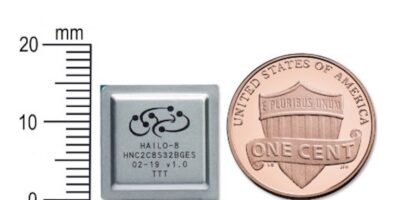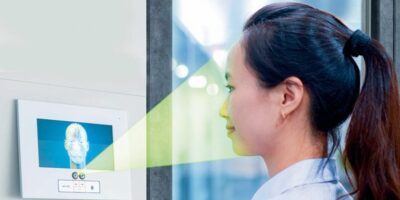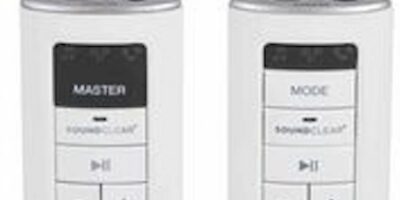Working with the Wi-Fi Alliance, Skyworks Solutions is developing future-proof connectivity and supporting the Alliance’s next-generation wireless technologies.
Skyworks addresses all existing Wi-Fi standards and is working within the Wi-Fi Alliance to develop its Wi-Fi 6E products that operate in the 5.925 to 7.125GHz frequency range.
Demand for high data applications such as streaming media/TV/audio, social media and smart home devices, has led to calls to open up additional frequency bands to complement the existing 2.4 and 5GHz bands. This new spectrum is expected to be made available by regulators around the world and it represents an opportunity to deliver the benefits of Wi-Fi 6 coupled with increased bandwidth available in the new 6GHz band.
“The 6GHz band addresses the growing need for Wi-Fi spectrum capacity to ensure users continue to experience reliable and seamless connectivity,” said Kevin Robinson, senior vice president of Marketing, at the Wi-Fi Alliance. “We are glad to see Wi-Fi Alliance members working closely in Wi-Fi Alliance to ensure that new products meet high standards for interoperability and security.”
Dave Stasey, vice president and general manager of diversified analogue solutions for Skyworks, added: “We look forward to . . . providing the highest performance solutions for our OEM customers which deliver maximum Wi-Fi range and speeds.”
Skyworks’ powerful modules facilitate Wi-Fi functionality with best-in-class linearity and performance in the smallest footprint available, explains the company. By incorporating the required functionality to deliver maximum performance, products reduce time to market in this sensitive arena. They contain a logarithmic power detector to support wide dynamic ranges, low power consumption and improved thermal management.
Skyworks Solutions specialises in analogue semiconductors for a wireless networking revolution. Its semiconductors connect people, places and things within the aerospace, automotive, broadband, cellular infrastructure, connected home, industrial, medical, military, smartphone, tablet and wearable markets.
Skyworks has engineering, marketing, operations, sales and support facilities located throughout Asia, Europe and North America.







